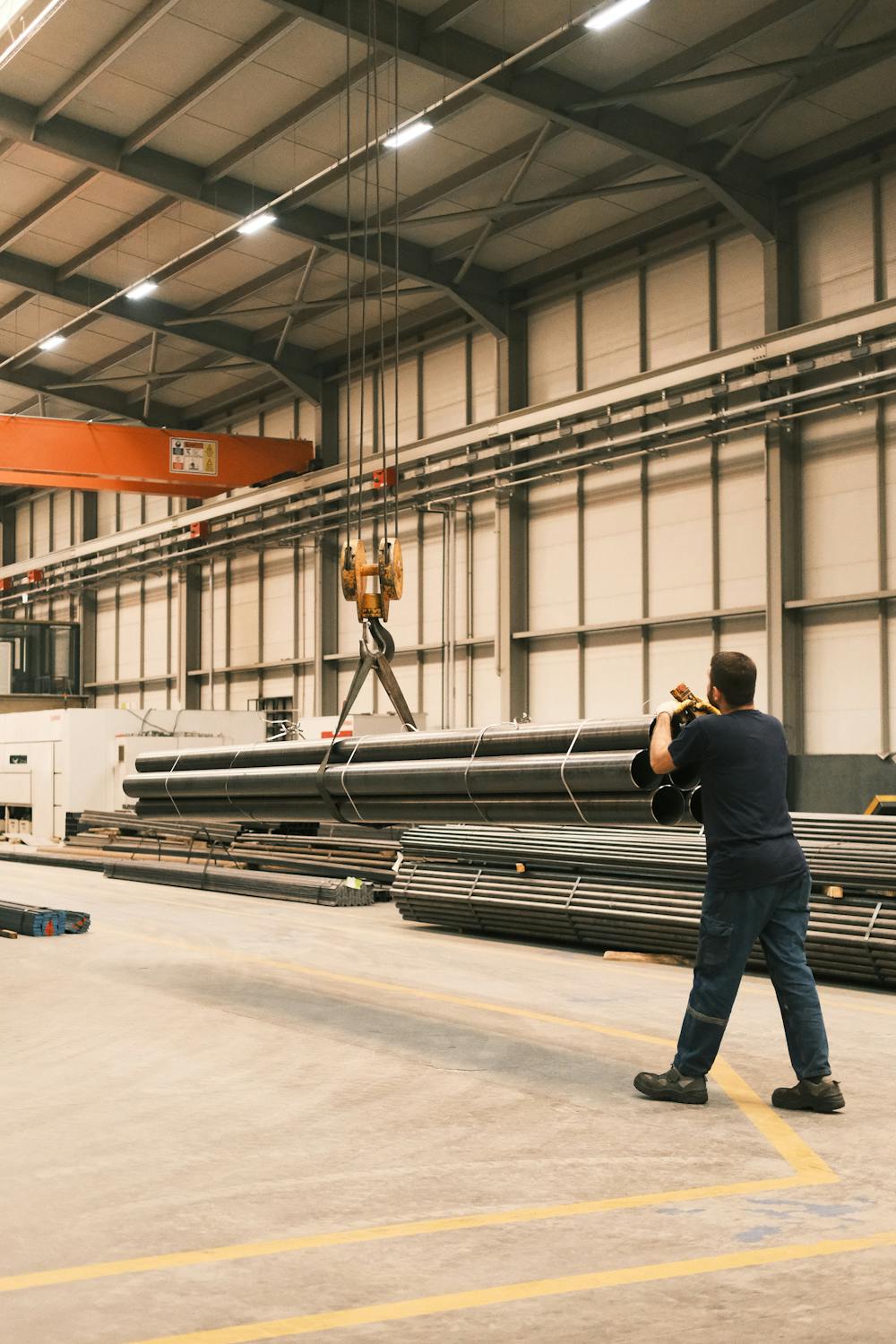High-Capacity Double-Deep Stacking Cranes: Efficient Warehouse Storage
Picture a warehouse bustling with activity. Forklifts weave between aisles, workers organize inventory, and goods flow in and out like clockwork. Now imagine this same warehouse with an innovative twist: double-deep stacking cranes reaching into the depths of storage racks, maximizing every square inch of space while minimizing manual labor. This is the promise of high-capacity double-deep stacking cranes, a solution tailored to meet the demands of modern logistics and warehousing.

What Are High-Capacity Double-Deep Stacking Cranes?
At their core, these cranes are automated machines designed to handle pallets stored in double-deep configurations. Unlike traditional single-deep storage systems where each pallet is directly accessible, double-deep systems store two pallets back-to-back. The result? Twice the storage density without needing additional square footage.
These cranes operate with precision using telescopic forks that extend to retrieve or store pallets located deeper in the racks. Think of them as mechanical arms with a surgeon’s finesse, carefully navigating tight spaces to retrieve even the most awkwardly placed items.
Why Choose Double-Deep Storage?
The appeal lies in efficiency and cost savings. Warehouses often face a trade-off between maximizing storage capacity and maintaining easy access to inventory. Single-deep systems make every pallet accessible but take up more room, while bulk storage maximizes capacity but sacrifices accessibility. Double-deep systems strike a balance between these extremes.
- Higher Storage Density: By storing pallets two rows deep, you can effectively double your capacity without expanding your physical warehouse footprint.
- Cost Efficiency: With higher density comes reduced real estate needs. Whether renting or owning a facility, this translates into significant long-term savings.
- Reduced Aisle Space: Fewer aisles are required since each aisle now serves two rows of pallets. This leaves more room for storage and less for pathways.
Companies like Amazon have integrated high-density storage solutions to accommodate their massive product ranges while minimizing operational costs. This approach allows them to store more products closer together without sacrificing retrieval speed or accuracy.
The Role of High-Capacity Cranes
While double-deep systems offer undeniable benefits, they also introduce challenges, specifically when it comes to accessing items stored deeper within racks. That’s where these specialized stacking cranes come into play.
Unlike forklifts or manual pickers, high-capacity double-deep stacking cranes are fully automated. Equipped with advanced sensors and software, they can locate and retrieve items with pinpoint accuracy, ensuring smooth operation even during peak hours. Here’s what sets them apart:
- Speed and Precision: These machines move vertically and horizontally along tracks, effortlessly navigating complex layouts at speeds far exceeding those of manual equipment.
- Load Capacity: They’re built to handle heavy loads (often exceeding 1,000 kilograms per pallet) making them suitable for industries like automotive manufacturing or food distribution.
- Error Reduction: Automation minimizes human error during picking or storing processes, reducing inventory discrepancies and product damage.
A practical example can be seen in cold storage facilities where conditions are harsh for human workers but ideal for automated machines. Companies dealing with frozen goods rely on these cranes to maintain efficiency while protecting employees from extreme temperatures.
Integrating High-Capacity Cranes into Your Warehouse
If you’re considering adopting this technology, there are some factors to keep in mind before making the leap. A beverage distributor might benefit more than an e-commerce retailer handling diverse SKUs.
An excellent example is the implementation of automated solutions in IKEA warehouses worldwide. Their combination of dense shelving units and robotic retrieval systems has set industry standards for efficient warehousing practices.
The Numbers Speak Volumes
A closer look at data reveals just how impactful these cranes can be:
| Metric | Traditional Forklifts | Double-Deep Stacking Cranes |
|---|---|---|
| Pallet Access Speed (per hour) | 15-20 | 50+ |
| Error Rate (%) | 2-5% | <0.5% |
| Storage Utilization (%) | 50-60% | >80% |
| Average Labor Cost Savings | N/A | $100K/year* |
*Based on estimates from industry reports comparing automated versus manual operations in medium-sized warehouses (Modern Materials Handling Magazine)
The Environmental Angle
Sustainability often goes hand-in-hand with efficiency and high-capacity cranes deliver on both fronts. By optimizing space utilization, warehouses reduce their carbon footprint by requiring fewer expansions or new construction projects. Automated systems consume less energy per pallet moved compared to traditional forklifts fueled by diesel or gas.
This eco-friendly aspect makes them an attractive choice for companies looking to align operations with global sustainability goals while reaping operational benefits.
A Smarter Approach to Warehousing
The decision to incorporate high-capacity double-deep stacking cranes isn’t just about keeping up with logistics trends; it’s about future-proofing your business against mounting challenges such as labor shortages, rising real estate costs, and increasing consumer demand for faster delivery times.
If your warehouse struggles to balance space constraints with operational efficiency (or if you’re simply looking for ways to stay competitive) these advanced systems might be worth exploring further. The combination of automation, precision engineering, and space optimization offers a compelling case for investment that pays dividends both immediately and over time.
